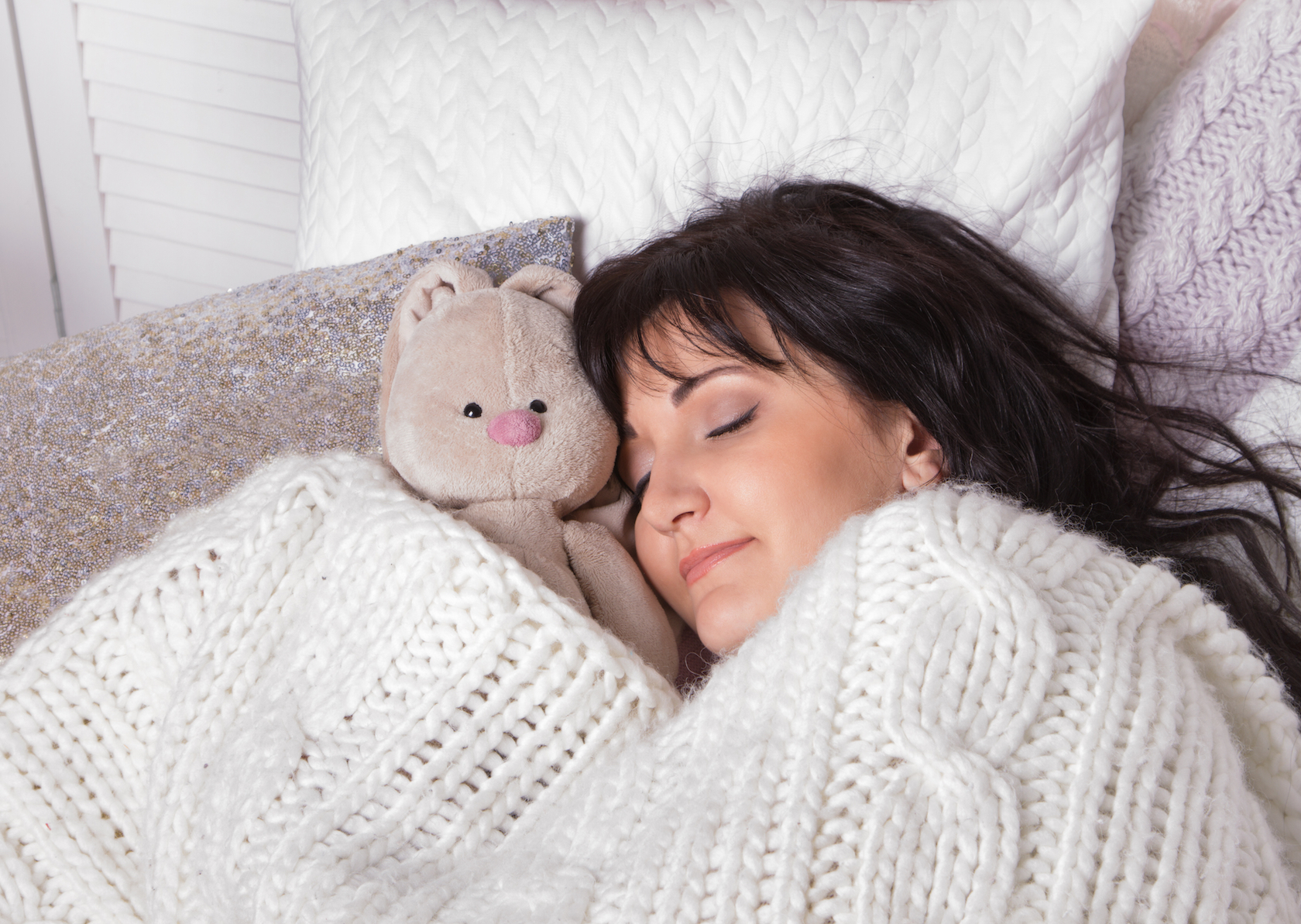
Temperature impacts circadian clocks that guide sleep
Even though humans and fruit flies have not shared common ancestry in about 800 million years, we still share similar circadian clock neurons that control our body’s daily rhythms. A recent analysis of fruit flies may help experts understand more about sleep timing in humans.
Researchers at the University of Michigan found that circadian clock neurons in fruit flies are constantly tracking the external temperature using thermoreceptors. The experts discovered that even small fluctuations in temperature have physiological effects on the neurons that regulate sleep timing.
“Decades of work from recent Nobel Prize winners and many other labs have have actually worked out the details of how light is able to adjust the clock, but the details of how temperature was able to adjust the circadian clock were not well understood,” said study first author Swathi Yadlapalli.
“Going forward, we can ask questions of how these two stimuli are processed and integrated into the clock system, and how this has effects on our sleep behavior and other physiological processes.”
The circadian rhythm is a cycle that controls many physiological processes, guiding sleep and waking over the course of a day.
Study principal investigator Orie Shafer explained that circadian clocks in mammals control the internal body temperature to drive sleep patterns. He said that, although we think of the human body temperature as a steady 98.6 degrees, our body temperature actually fluctuates throughout the day.
“The circadian system produces a daily rhythm in temperature which is an important cue for when it’s time to go to sleep,” said Shafer.
The researchers developed an optical imaging and temperature control system to examine how fruit fly neurons respond to external temperature. They captured snapshots of neural activity in the circadian clock neurons while the flies were exposed to a hot or cold stimulus.
“It looks like clock neurons are able to get the temperature information from external thermoreceptors, and that information is being used to time sleep in the fly in a way that’s fundamentally the same as it is in humans,” said Shafer.
“As temperature drops, these neurons that promote sleep become excited, and that really entrains the sleep activity cycle to external temperature cycles. It’s precisely what happens to sleep in mammals when internal temperature drops.”
The study is published in the journal Nature.
—
By Chrissy Sexton, Earth.com Staff Writer













